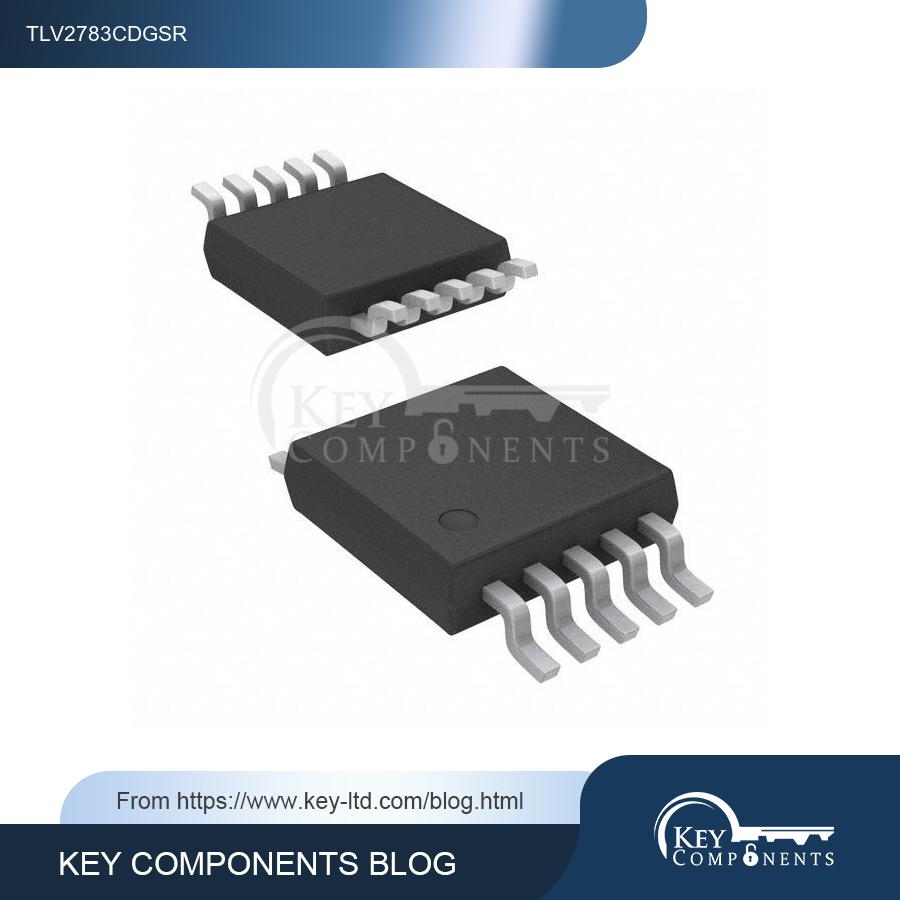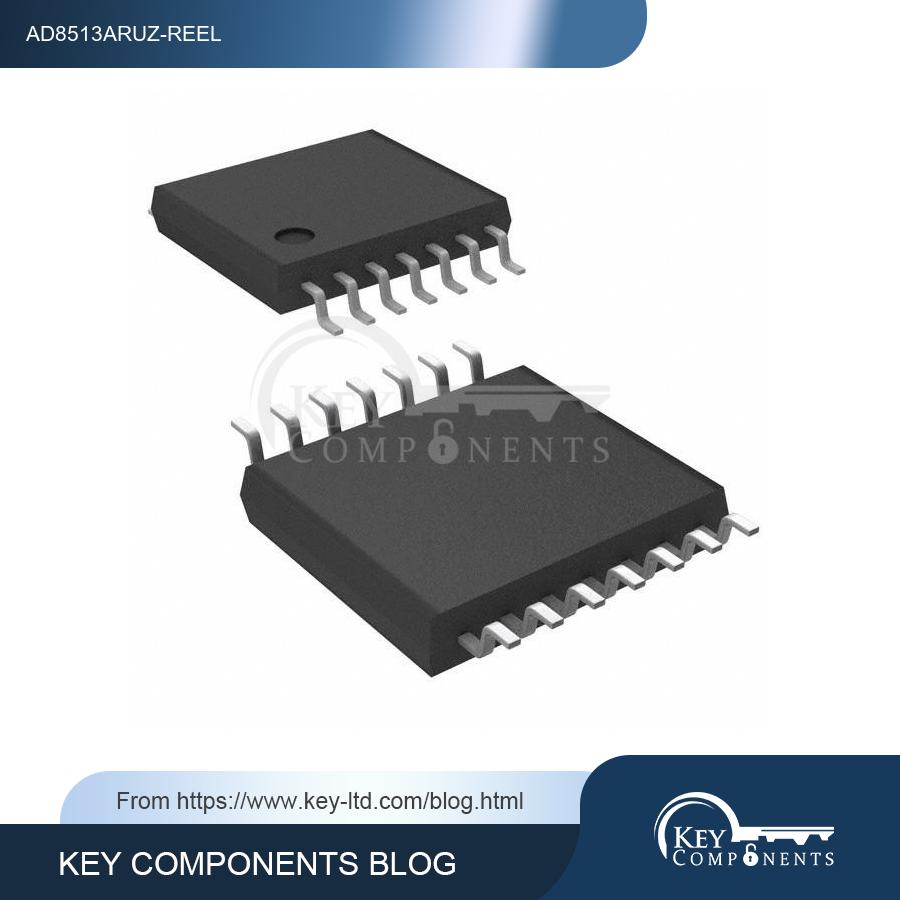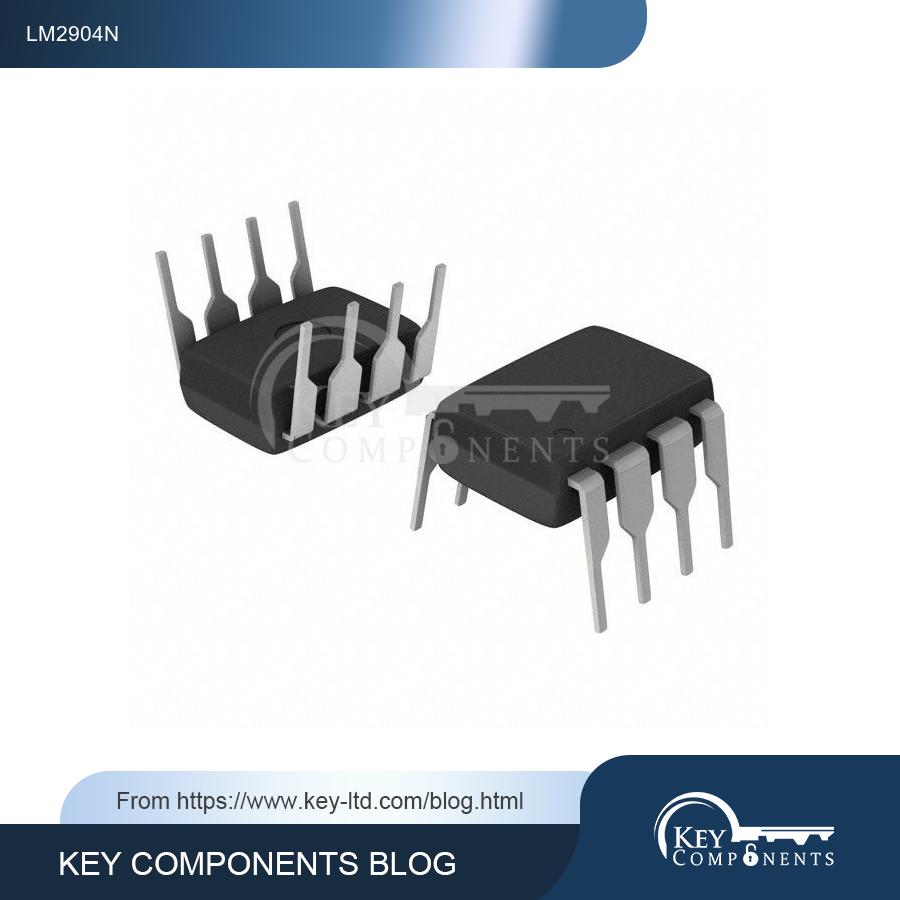With a gain bandwidth product of 8MHz, an output type of rail-to-rail, and a slew rate of 5V/µs, this IC is ideal for various applications, from audio amplifiers to industrial control systems. However, it is important to note that the TLV2783CDGSR is now obsolete, meaning it has been discontinued and is no longer being manufactured by Texas Instruments. Despite its discontinuation, it is still a popular component among hobbyists, engineers, and designers alike. In this article, we will take an in-depth look at the TLV2783CDGSR and its technical specifications, as well as its possible applications.
Part I: Technical Specifications The TLV2783CDGSR is an IC op-amp with a maximum supply voltage of 3.6V and a minimum supply voltage of 1.8V. It has a current input bias of 2.5pA, a voltage input offset of 250µV, and a current output per channel of 23mA. The package is a 10-TFSOP with a supplier device package of 10-VSSOP. It is surface mountable and can operate in a temperature range of 0°C to 70°C.
The TLV2783CDGSR is a versatile device suitable for various applications. Its rail-to-rail output makes it ideal for communication, data acquisition, and signal conditioning applications. Its wide supply voltage range makes it suitable for battery-powered devices, such as portable media players, digital cameras, and remote controls.
Part II: Possible Applications The TLV2783CDGSR is an excellent choice for audio amplifiers and filters, thanks to its low noise, low distortion, and high slew rate. It is ideal for use in preamplifiers, tone control circuits, and equalizers. Its performance and versatility make it perfect for industrial control systems, including motor control, temperature sensing, and power management. Its low power consumption and low voltage operation make it ideal for battery-powered devices, such as portable medical devices, fitness trackers, and smartwatches.
Part III: Conclusion The TLV2783CDGSR is a versatile and reliable general-purpose op-amp ideal for various applications. Although it is now obsolete, it is still a popular component among engineers, hobbyists, and designers. Its technical specifications make it suitable for use in numerous industries, including healthcare, automotive, aerospace, and industrial automation. Its rail-to-rail output, low noise, and high slew rate make it ideal for amplification, filtering, and signal conditioning applications. Finally, its low power consumption and wide supply voltage range make it ideal for use in battery-powered and portable devices.



